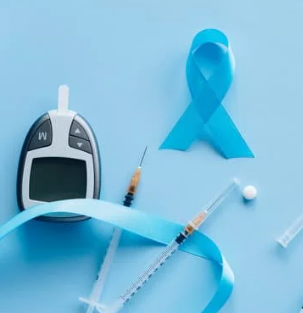To those users who frequently send support requests to Azara, the response: “There is a mapping issue” will probably sound familiar. But, what exactly does it mean? In DRVS, there are two possible problems commonly referred to as “mapping issues.” In this blog post, I’ll try to explain the more complicated one. In a future post, I will elaborate on the other common scenario. The type of mapping I’m discussing here is all about how Azara “maps” a health center’s workflow so that we can collect the necessary data and send it to DRVS. I’ll provide a very high-level overview of how Azara sources data from a heath center’s EHR, and explain how it can lead to problems when unknown workflows are introduced.
When a provider enters data into an EHR, it gets stored in the EHR’s database. Unlike other tools that depend on an EHR vendor to provide data extracts, Azara creates custom connections directly to these databases. This gives us the flexibility to map any workflow you might use and additional data points that may be necessary. The out-of-the-box extracts that may come with your EHRs don’t always match community health center reporting requirements and usually conform to the lowest common denominator of data needs. We don’t need to get too technical about how Azara builds these database connections, but here are a few things that are important to remember:
- Databases are made up of data tables
- Each screen or template within the EHR usually correlates to its own data table or set of data tables
- A new workflow usually means new data tables are being used in the EHR
- DRVS maps workflows by identifying which tables are used to store data for a given workflow, and extracting data from those tables
It’s hardly a secret that EHRs are sprawling and complex, with some rigid and others allowing for multiple configurations and significant customizations. A user may have to choose from three different ways to record nutritional counseling, two ways to print out patient specific instructions, and four ways to place an order for an A1c test. Each of these choices causes a different database result . During a DRVS Implementation project, our specialists work with your health center staff to understand the different workflows that you use and to make sure that we find the corresponding data tables that exist behind the scenes. We then write specific extracts to pull the data from these tables, and send it to DRVS.
But what happens when a workflow changes or a provider uses his/her own preferred workflow? Without knowing which tables hold the data for this new workflow, the proper data elements will never make it to DRVS. Then, we have a “mapping problem.”
Now that you know the cause of these types of mapping problems, how do you prevent them? Health center staff members who have worked on an implementation project with Azara know that we encourage standardization of workflows. Heather Budd, Azara’s VP of Clinical Transformation, has led this charge, sharing processes and techniques she instituted while she served as a CHC chief operating officer. Heather aimed to develop standardized workflows and to make sure Meaningful Use and UDS reports reflected the true quality of care being provided. Contact Heather if you wish to learn how she and her team may be able to assist you.
Also, talk to us! Let us know if you have a question about a specific workflow you’re using, or if you’re concerned that you made changes to your EHR that we don’t know about. Make sure that notifying Azara is part of your EHR change control process. The Azara support team is always happy to help you understand your data, proactively prevent problems, or quickly correct any issues you may have.
Hopefully this post helped you understand how unknown or undocumented workflows can lead to issues with DRVS. However, what about a case in which workflows are correctly mapped, but problems with data in DRVS persists? Stay tuned for my next post on this other type of “mapping issue” where you will learn everything you need to know about data normalization.
Evan Weixel is an implementation specialist at Azara Healthcare.
Related Articles

Value-Based Care Foundations Part 2: A New Chapter in Risk Adjustment
Explore Insights
Socioeconomic Status, Access, and Control: Rethinking Diabetes Outcomes
Explore Insights
